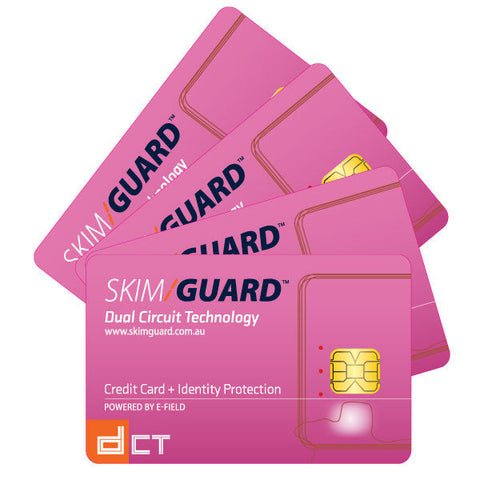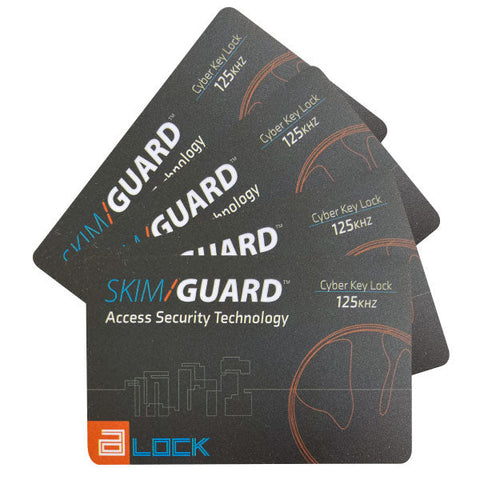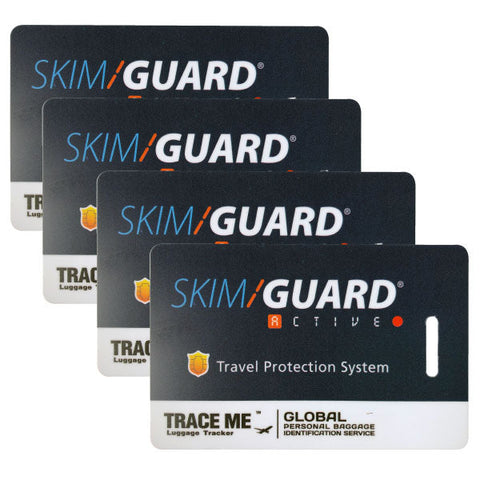Blog

Your passport is not as secure as you think it is.
If you have you renewed your passport in the last ten years and are reading this in your mother tongue, you almost certainly (but to be sure, keep reading) have two things:
1. a biometric passport2. a security risk
In this article, the Skim Guard team exposes the truth about the chip embedded in your passport and the private information stored on it that crooks want to steal.
Do you have a biometric passport?
The majority of passports are biometric passports. Biometric passports (or e-passports) are passport books embedded with RFID chips that store information about your identity. If you are a passport holder from one of the countries coloured green on the following map, your passport probably is biometric. All new passports from countries coloured in green on the map below have RFID chips embedded inside them. (Map source: www.secureidnews.com)

To make sure, you can check the front cover of your passport for the e-passport logo. All biometric passports have a logo consisting of two horizontal stripes and a centred circle. Show this logo to a skimmer and they see a target.
The problem with RFID chips
Biometric passports contain an antenna and a Radio Frequency Identification chip which shares information wirelessly by sending signals that can be read at short distance by electronic readers. The information stored on the chip is used for verification at an 'e-gate' in the customs hall at the airport, where the passport is scanned and facial recognition technology compares the passport photo with a photo taken on the spot. The technology was created as another security measure against fake passports. Ironically, it actually makes passports less secure as ePassports can be easily skimmed.
The RFID chips inside can be read and tracked without the passport holder even knowing it. Governments will say that ePassports are protected by security measures but absurdly, the key to unlocking the passport's chip is the details actually printed on the passport itself. It is almost like writing your pin number on the back of your bank card: sheer lunacy!
Once a skimmer scans your passport, all the private information printed inside, the passport photo and more are at their disposal. The stolen information can then be used to fill in application forms, or even written onto a blank chip to create a cloned passport in five minutes. Becoming a victim of identity theft is the last thing you need when overseas. We have all heard the horror stories- identity theft has the ability to turn the trip of a lifetime into a nightmare.

There is one thing you can do to protect yourself
FIDIS is an EU funded research group of IT security experts that focuses on identity and privacy in the European Union. Researchers working in FIDIS say governments have forced something on their citizens that dramatically decreases security and increases the risk of identity theft. In a research paper describing security features of electronic passports and evaluating their efficiency, the experts conclude.
“If you are worried that an attacker could communicate with your passport without your knowledge and either try to break the BAC or at least guess some information about the chip, just store your passport in a shielding cover which is widely available.”
Travel insurance won’t protect you from identity theft overseas. According to the experts, only Passport Wallet by Skim Guard will. Get it before you leave so you don't leave your identity behind at the departure gate.
1. Říha Z. (2009) An Overview of Electronic Passport Security Features. In: Matyáš V., Fischer-Hübner S., Cvrček D., Švenda P. (eds) The Future of Identity in the Information Society. Privacy and Identity 2008.






